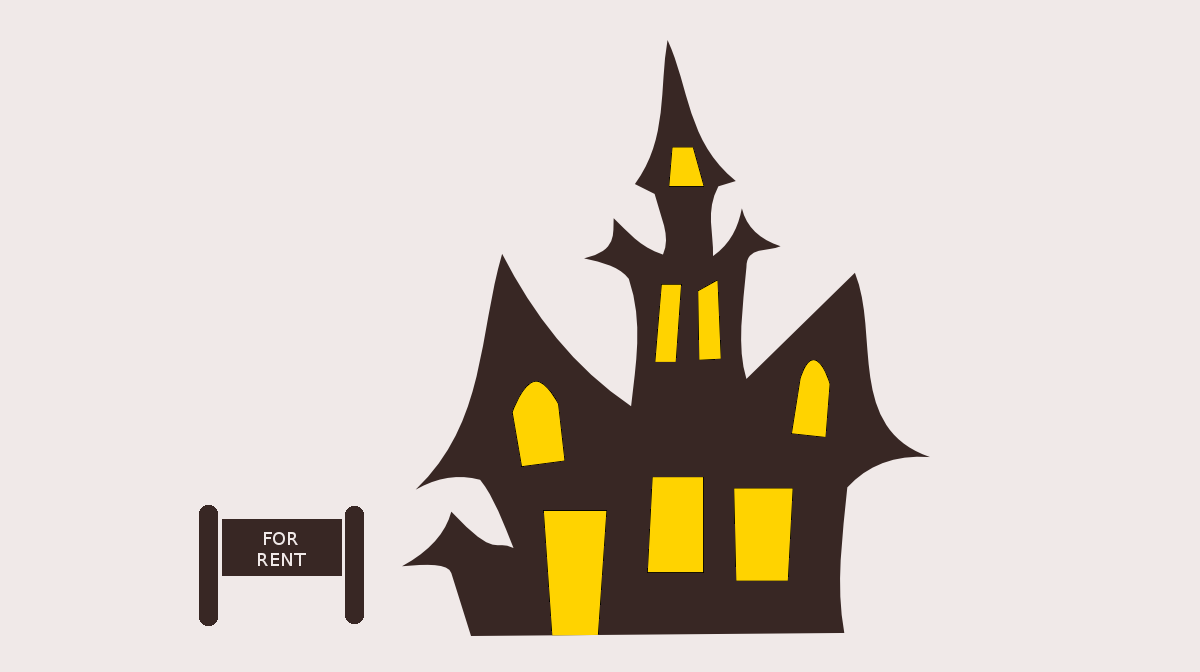Chicago has a finite amount of land where it's legal to build apartment buildings. Not every area is zoned for housing, and only some of those residential zones allow housing structures with large numbers of units inside. Multi-unit buildings can be managed in one of three ways. Apartments are owned and managed by a single person or company, and occupants pay rent to that owner. Condominiums are individually owned, but the shell of the building is collaboratively maintained by the condominium association through dues collected from each owner. Cooperatives are owned collectively by all of the occupants together, who then are assigned sections of the building to live in. Chicago's many multi-family buildings have shifted between all three over their existence. Some buildings such as Aqua are separated into two entities, with some floors run as apartments and others as condos.
Swapping from one management style to another is a pretty complicated process, as you can probably imagine, but when compared with constructing a brand new building it's usually a much cheaper and less obnoxious process. Continue reading Questions to Ask Your Next Landlord About Condo Deconversion







